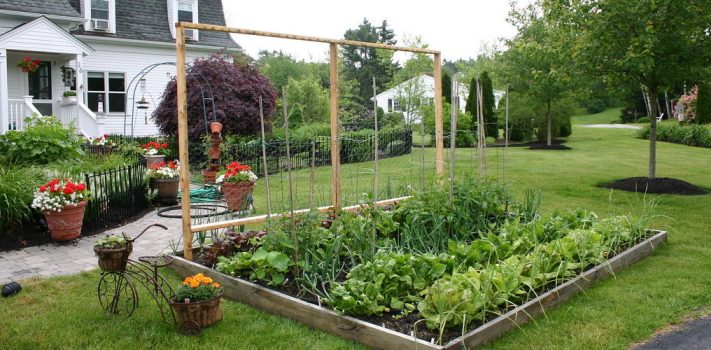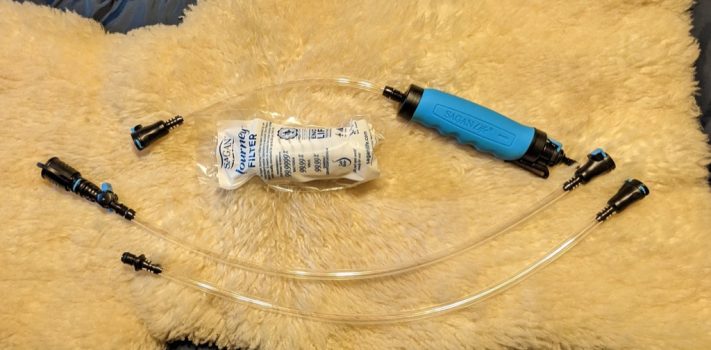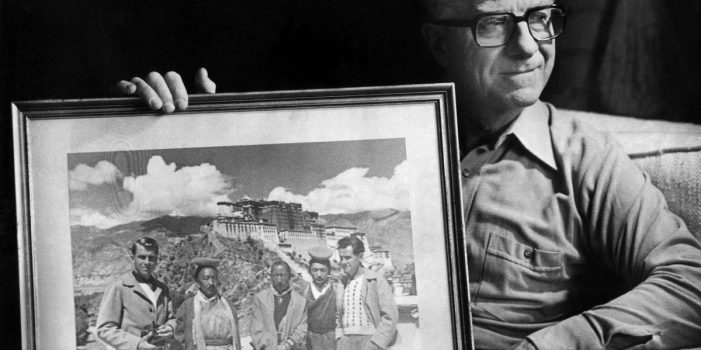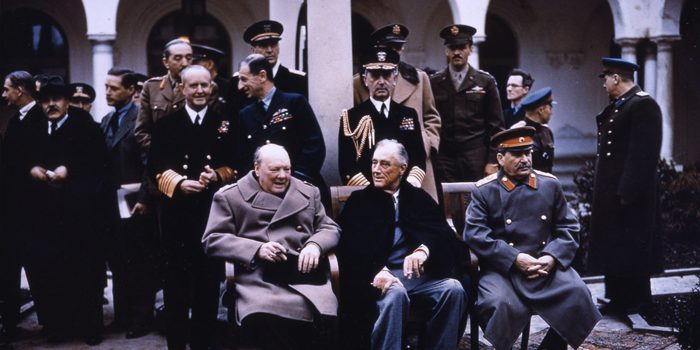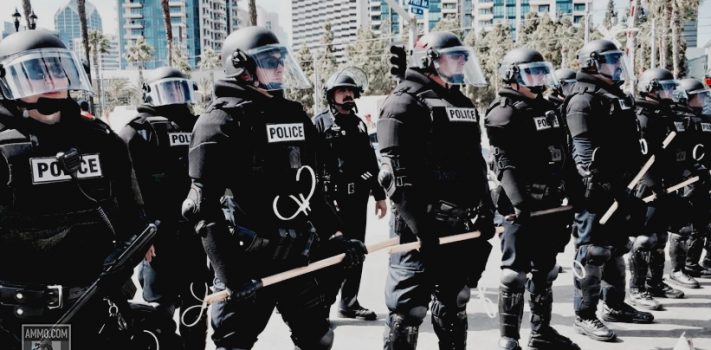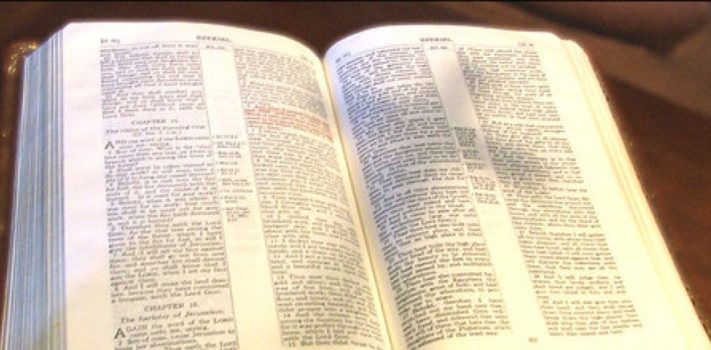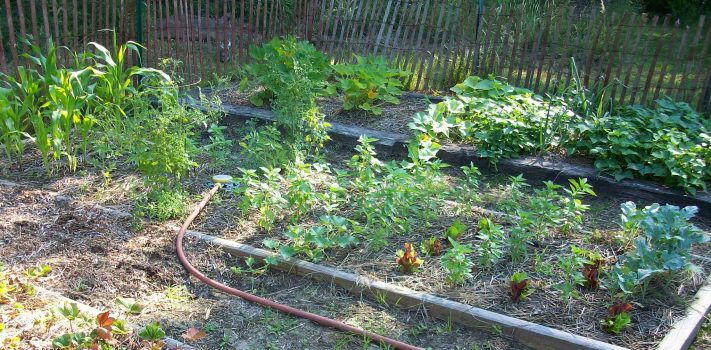On February 13, 2016, Antonin Scalia—who served as an associate justice of the Supreme Court of the United States, becoming well known for his strong legal conservatism—died under mysterious circumstances in Shafter, Texas.
On February 13, 1689, following the Glorious Revolution, William and Mary were proclaimed king and queen of England this day in 1689, after which they ruled jointly as King William III and Queen Mary II until her death in 1694.
February 13th is also the birthday of Robert Charles R.C. Sproul (born 1939, died December 14, 2017), a well-respected American Calvinist theologian
Today is also the birthday of General Chuck Yeager (born, 1923). He was the first man to break the sound barrier. He passed away on December 7, 2020.
—
Only a few hundred left! We are running low on our inventory of SurvivalBlog 2005-2023 Archive USB sticks. Get your order in soon. Many blog readers are ordering 2, 3, or 4 sticks. There won’t be another batch produced until January. 2025.
—
Today’s feature article is a short guest piece written by eldest son Jonathan, who operates SurvivalRealty.com. It is the online marketplace for rural, off-grid, and self-sufficient properties. There, you can search retreat property listings, sell your rural property, find an agent, or learn more about survival relocation.
—
We are seeking entries for Round 111 of the SurvivalBlog non-fiction writing contest. More than $875,000 worth of prizes have been awarded since we started running this contest. In 2023, we polled blog readers, asking for suggested article topics. Refer to that poll if you haven’t yet chosen an article topic. Round 111 ends on March 31st, so get busy writing and e-mail us your entry. Remember that there is a 1,500-word minimum, and that articles on practical “how-to” skills for survival have an advantage in the judging.


